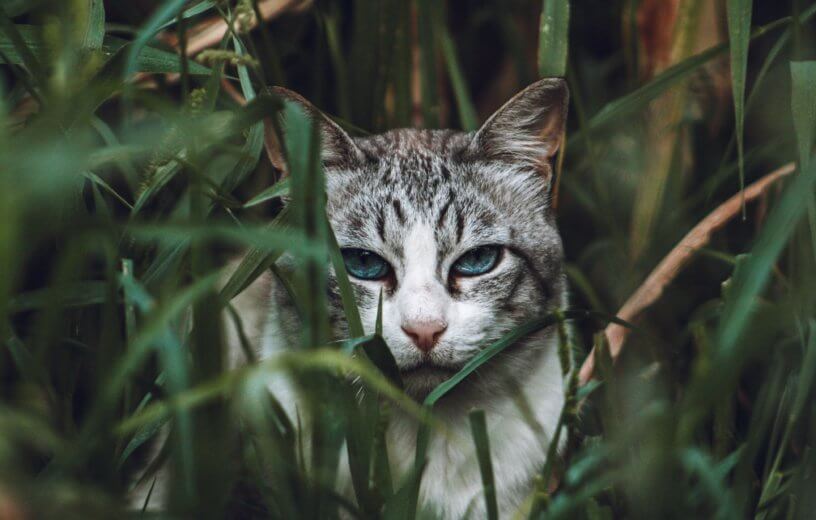Author: “We found that house cats have a two- to 10-time larger impact on wildlife than wild predators – a striking effect.”
RALEIGH, N.C. — New cat moms and dads are always faced with an important question after bringing the newest addition to the family home. Should their new pet stay indoors all day or be allowed outside? There are a number of pros and cons associated with either approach, but a new study is making a case for keeping your beloved Whiskers indoors. Think of the animals!
Researchers from North Carolina State University have found that outdoor house cats often have a disproportionate impact on nearby wildlife for their size. Cats are, of course, natural hunters. Our furry friends love a classic game of cat and mouse, but the study’s authors say they are actually killing far more than their fair share.
In short, outdoor cats wreak havoc on the wildlife populations generally within 100 meters of their home. GPS cat-tracking data and prey-capture reports from scientists across six countries were used to come to these conclusions. In all, 925 pet cats were studied, with most of these felines calling the United States, United Kingdom, Australia, or New Zealand home.
“Since they are fed cat food, pets kill fewer prey per day then wild predators, but their home ranges were so small that this effect on local prey ends up getting really concentrated,” says Roland Kays, the paper’s lead author, in a release. “Add to this the unnaturally high density of pet cats in some areas, and the risk to bird and small mammal population gets even worse.”
“We found that house cats have a two- to 10-time larger impact on wildlife than wild predators – a striking effect,” Kays notes.
This study didn’t focus on feral cats at all. Instead, the study’s authors gathered hundreds of pet-owning human volunteers to track their own feline’s hunting habits and body counts. Many pets were even fitted with GPS trackers to measure their distance traveled each day.
“We knew cats were killing lots of animals – some estimates show that cats in North America kill from 10 to 30 billion wildlife animals per year – but we didn’t know the area in which that was happening, or how this compared with what we see in nature,” Kays comments.
After estimating the number of animals killed annually by house cats, researchers took that number and divided it by the amount of ground considered the cats’ hunting zones. There were some adjustments made to account for that fact that no cat brings all of their victims home to show mom and dad.
Researchers calculated that house cats kill roughly 14.2 to 38.9 prey per 100 acres annually. They also believe cats do most of their hunting in “disturbed habitats,” such as housing developments.
“Because the negative impact of cats is so local, we create a situation in which the positive aspects of wildlife, be they the songs of birds or the beneficial effects of lizards on pests, are least common where we would appreciate them most,” concludes study co-author Rob Dunn, William Neal Reynolds Distinguished Professor of Applied Ecology at NC State. “Humans find joy in biodiversity, but we have, by letting cats go outdoors, unwittingly engineered a world in which such joys are ever harder to experience.”
The study is published in Animal Conservation.
